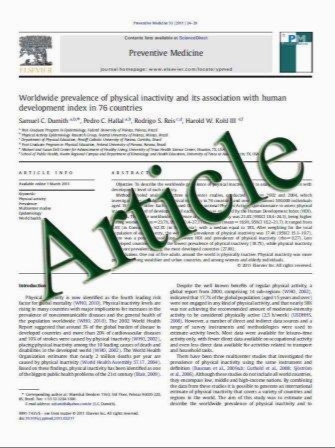The antibacterial effect of gas ozone after 2 months of in vitro evaluation
- نوع فایل : کتاب
- زبان : انگلیسی
- مؤلف : Olga Polydorou & Ahmad Halili & Anette Wittmer & Klaus Pelz & Petra Hahn
- چاپ و سال / کشور: 2011
Description
The aim of this study was to evaluate the effect of HealOzone on two microorganisms, 4 and 8 weeks after treatment, using a tooth cavity model. Four groups of caries-free third molars (n=12) were used (A, B, C and D). Three cavities were prepared into each tooth. After sterilization, groups A and B were inoculated with Streptococcus mutans, and groups C and D, with Lactobacillus casei for 48 h. One cavity of each tooth was used to evaluate the infection. After inoculation, groups B and D were treated with ozone (60 s), and groups A and C were used as controls. Then, the two cavities of each tooth were filled with composite, and the teeth were stored in sucrose medium. The restorations were removed after 4 and 8 weeks, respectively; dentin chips were collected, and the amount of microorganisms was determined. Ozone treatment reduced significantly the amount of S. mutans compared to the control group (p.0.05). This antibacterial effect was able to be seen after 4 (p=0.0005) and 8 (p= 0.0002) weeks. No significant difference was found between the control and treated group as far as L. casei is concerned (p>0.05). HealOzone (60 s) can provide some antibacterial treatment against S. mutans even after 8 weeks. However, an elimination of the microorganisms through HealOzone seems not to be possible. L. casei was more resistant to ozone. Although ozone exerts a significant antibacterial effect against S. mutans, it is probably not enough as the only antibacterial method, during the fillings therapy.
Clin Oral Invest DOI 10.1007/s00784-011-0524-0 Received: 2 October 2009 / Accepted: 7 February 2011


